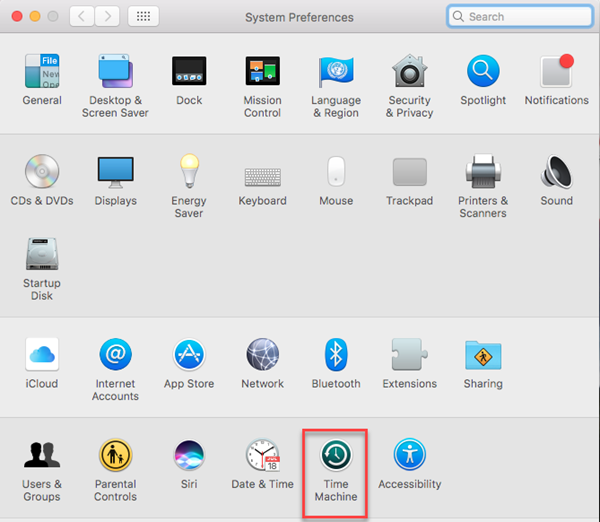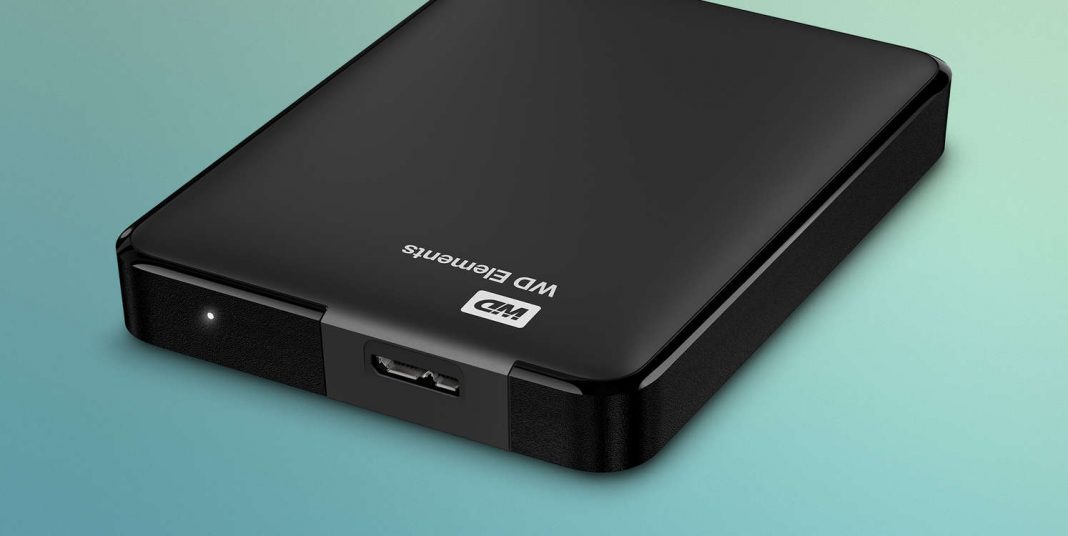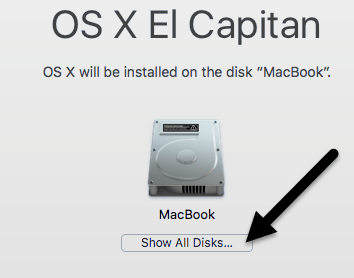

Mds 317 root 25r DIR 1,21 238 2 /Volumes/Creative Cloud Installer Mds 317 root 21r DIR 1,21 238 2 /Volumes/Creative Cloud Installer Mds 317 root 15r DIR 1,21 238 2 /Volumes/Creative Cloud Installer I’ve had this annoying issue pop up once more – this time with a. I’m very grateful to Andy Ihnatko for reminding me of this use of lsof and to hhanche for pointing out that you don’t need to grep at all. Unfortunately, it currently doesn’t distinguish between real volumes and snapshots although that can have its advantages, it does make it messy to select the volume you want to check.

Most importantly, if you click its padlock at the lower right and authenticate, it will show all processes running as root. Although it’s not notarized, it does everything that I’d want in terms of matching lsof or fuser’s features. My personal favourite of them all is Sloth, from here. Thank you to everyone who has suggested alternatives, particularly apps. With a bit of luck, these should provide sufficient clues as to what’s preventing ejection, thus what you can do about it.
#Unmount disk mac full
#Unmount disk mac password
Once you’ve entered that, type your admin user password at the prompt, and you’ll see a list with entries like To discover which files are open on any volume, use the command
#Unmount disk mac mac
Don’t just pull the cable of an external disk: not only will your Mac complain, but you could end up damaging the contents of that file, or even the file system on that volume. What you really want to know is which file(s) are open on the volume, so you have a clue as to what to quit to enable the volume to be ejected cleanly. When it has occurred in the Finder, solutions are harder to come by.

It’s also worth double-checking the volume that you’re trying to run First Aid on: if it’s one of the current boot volume group, System or Data, then you’re probably better off doing this in Recovery mode anyway. This seems to be improving steadily, and less likely to occur in Big Sur than Catalina, for example. It’s unusual for this not to work at all, although it may take a couple of attempts. In Disk Utility, the answer seems to be to try again, several times if necessary. Not only can you encounter this in the Finder, but it can also prevent running First Aid in Disk Utility, which may report that it couldn’t because it was unable to unmount the volume you want checked. Among the rough edges in macOS is that infuriating message you may see when you try to eject or unmount a volume: it failed because the volume is in use.


 0 kommentar(er)
0 kommentar(er)
